
Corrugated iron is regarded as an iconic ‘Kiwi as’ material, that has not only been used for buildings but has also been utilised for furniture and art. But how did the nation's most beloved material come to exist?
It is widely believed that corrugated iron came into existence in the 1820s in London, with the pioneers understood to be Henry Robinson Palmer and John Walker. Throughout the 19th century corrugated iron was used commonly around the United Kingdom for farm and industrial building and roofing. At the time it was primarily considered a temporary solution, however, it is now regarded as a heritage material.
In New Zealand there was an initial reluctance to use corrugated iron roofing, however, this did not last long as settlers soon discovered its versatility and ease of transport. The earliest example of imported corrugated iron in New Zealand has been found on farm buildings in Matanaka, near Waikouaiti, Otago with the stables, granary and schoolhouse roofed in 1843 using Morewood & Rogers ‘patent galvanised tinned roof’. The camp house on the slopes of Mt Taranaki is NZ's oldest corrugated prefabricated building which came from Victoria, Australia.
The history of local roll-forming of long-run roofing begins post-WWII and was pioneered by Ness Irwin who built his own machine around 1962 in Mt Roskill. For his first four years in business he had very little local competition. After 1966, Hayes Engineering manufactured roll-forming machines in Rotorua and sold them throughout the country, with Dimond Industries in Wellington being one of their first customers. Hayes would later become a worldwide distributor.
Dimond Industries was one of the first owners of roll-forming machines that produced profiles other than corrugate in the New Zealand market. It became a dominant player in the roofing and cladding market from the early 1970s. No roofing profile has ever been more popular throughout New Zealand than corrugated iron.
As Stuart Thomson put it in his book ‘Wrinkly tin’*: "Corrugated iron has been used in so many ways in the past that it has become a kiwi icon, with a historic and aesthetic value we are emotionally attached to." Although housing is its biggest use, it doesn’t discriminate what it protects. Corrugate is used for NZ barns, farm sheds, stables, dog kennels, pig pens and more.
Corrugated iron is not only one of the original do-it-yourself materials, but also one of the original recyclable materials, and good old Kiwi ingenuity has seen this beloved material used in a multitude of applications. None are more famous than the shops of Tirau, the corrugated iron capital of New Zealand. A giant dog and sheep tower over the main street of Tirau, just two of a series of sculptures and buildings made from corrugated iron. Other highlights include the sculpture of a shepherd which stands outside the Church of the Good Shepherd on the main street, a colourful school bus with animal passengers which marks the bus stop of pupils at Tirau School, and many more corrugated iron business signs are visible all along the main street.
The corrugate that Dimond Roofing sells today is made of steel, produced by New Zealand Steel at their Glenbrook steel mill and delivered to Pacific Coil Coaters, (also known as ColorCote) for painting, before being roll-formed at Dimond Roofing branches nationwide.
There is also additional technology in the paint coatings used to colour the steel. Highly durable paint technologies, baked on to the steel at around 250°C, provide additional protection to the frequently aggressive New Zealand weather. The first coat, a primer, aids the steel to prevent the onset of rust, while the second topcoat, is designed to maintain its colour and gloss in New Zealand’s high UV environment.
New Zealand is an innovation leader in the use of waterborne coatings on painted steel, reducing the impact of solvent-borne paint in our environment.
Corrugate is showing no signs of loosening its reigns on the hearts of Kiwis — even when challenged with the introduction of more sophisticated profiles such as the European tray profiles, so common in today’s modern architecture.
* Thompson, Stuart, 1929 - Wrinkly tin : the story of corrugated iron in New Zealand, Steele Roberts Ltd, Wellington













 New Products
New Products









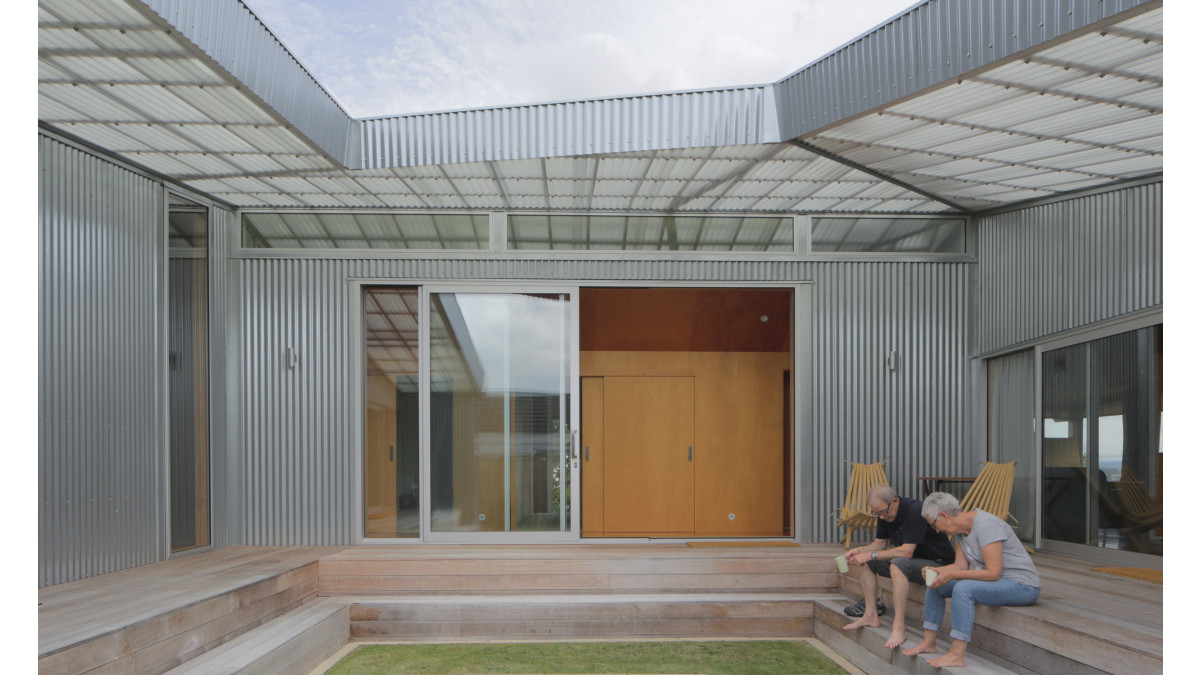
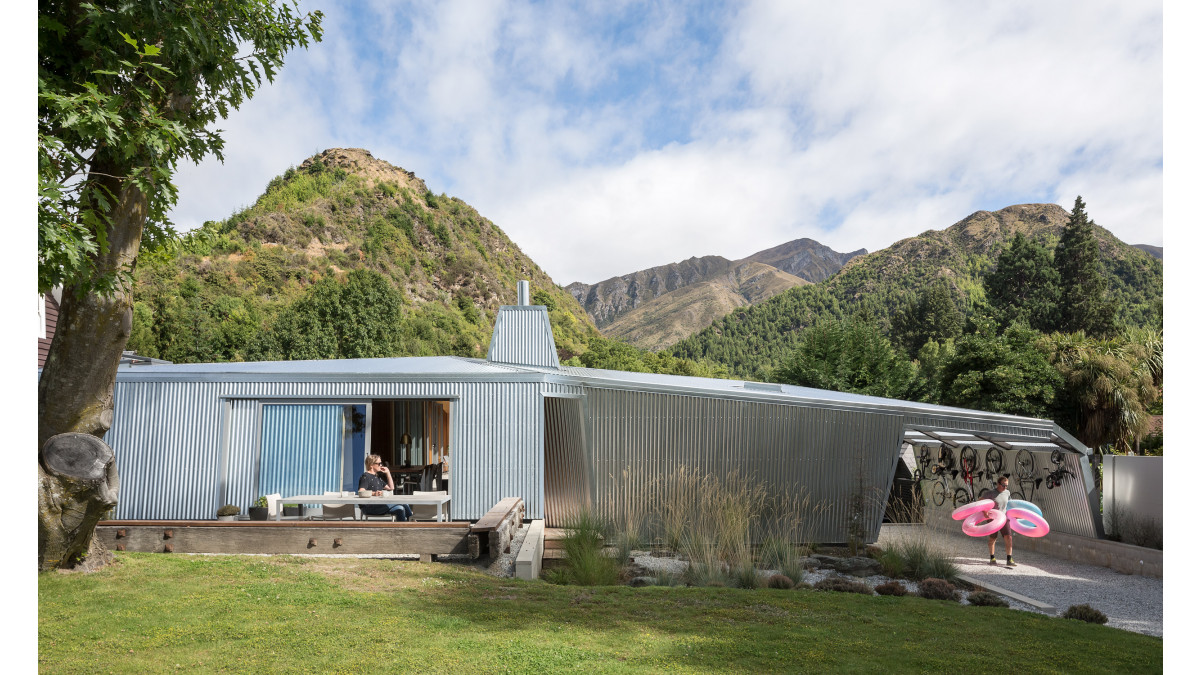
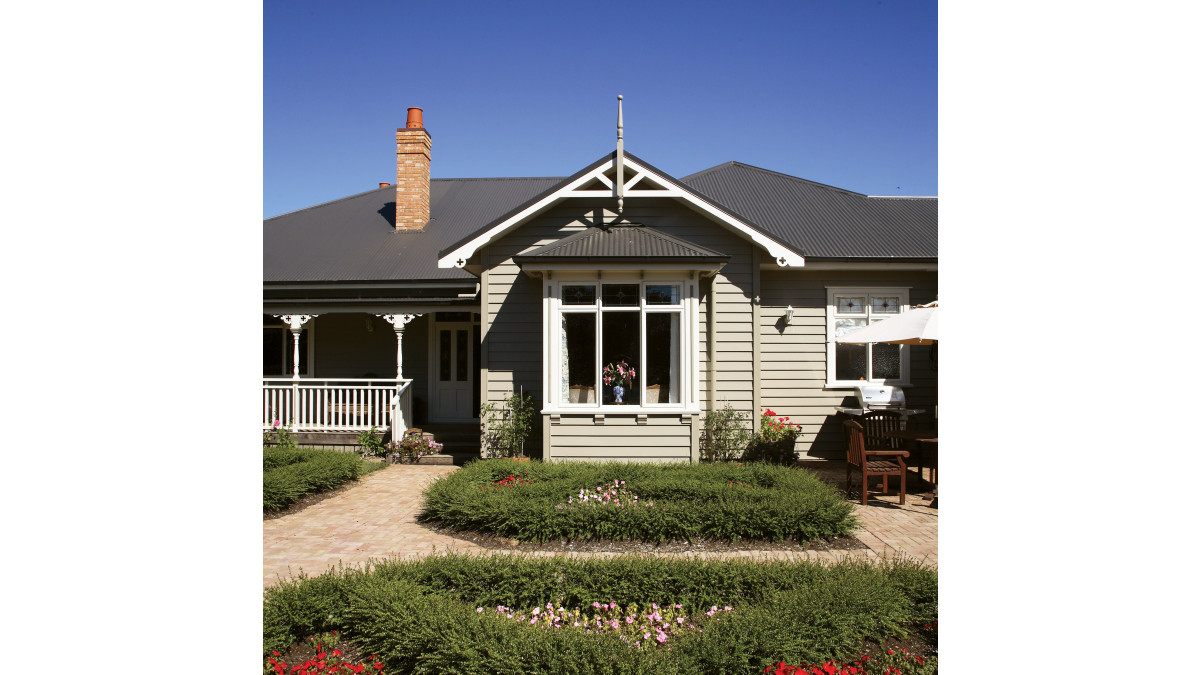
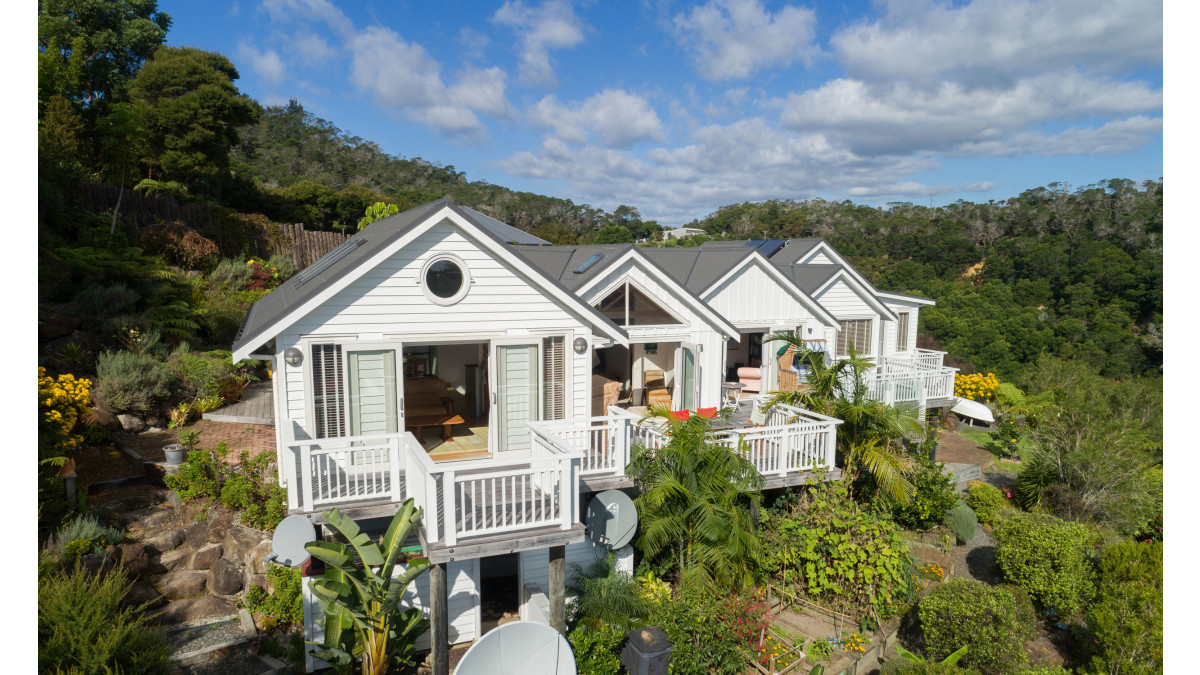


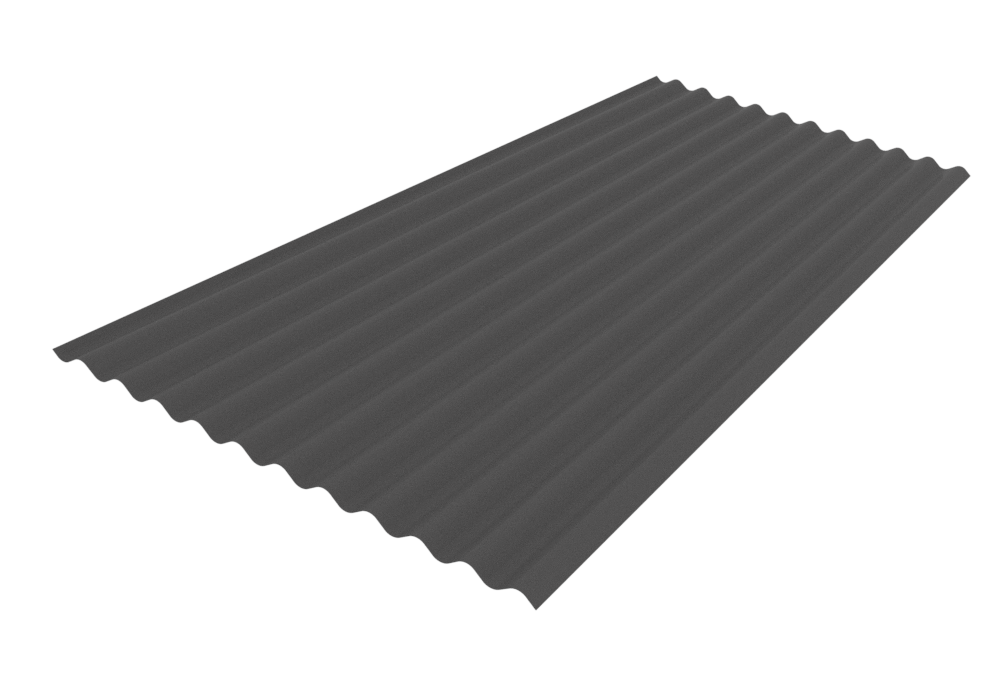

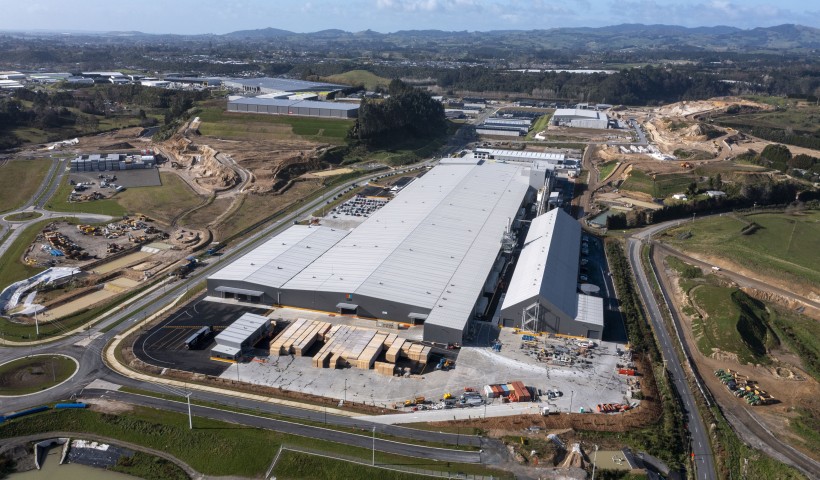
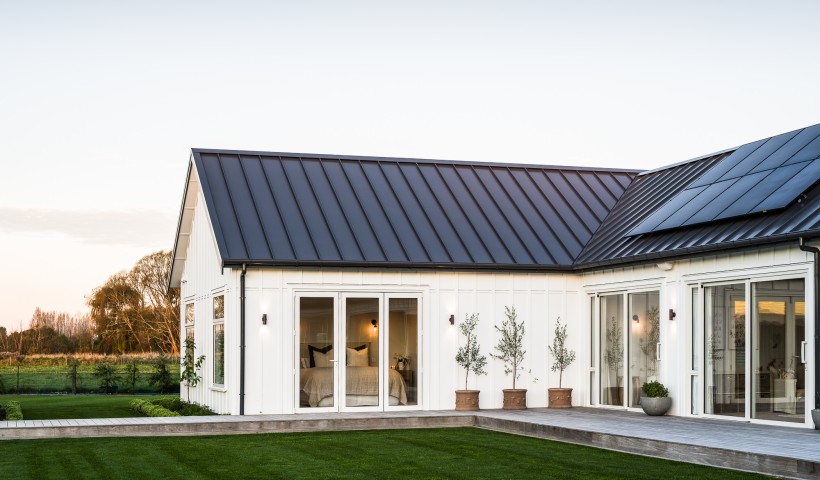
 Popular Products from Dimond Roofing
Popular Products from Dimond Roofing


 Most Popular
Most Popular

 Popular Blog Posts
Popular Blog Posts
